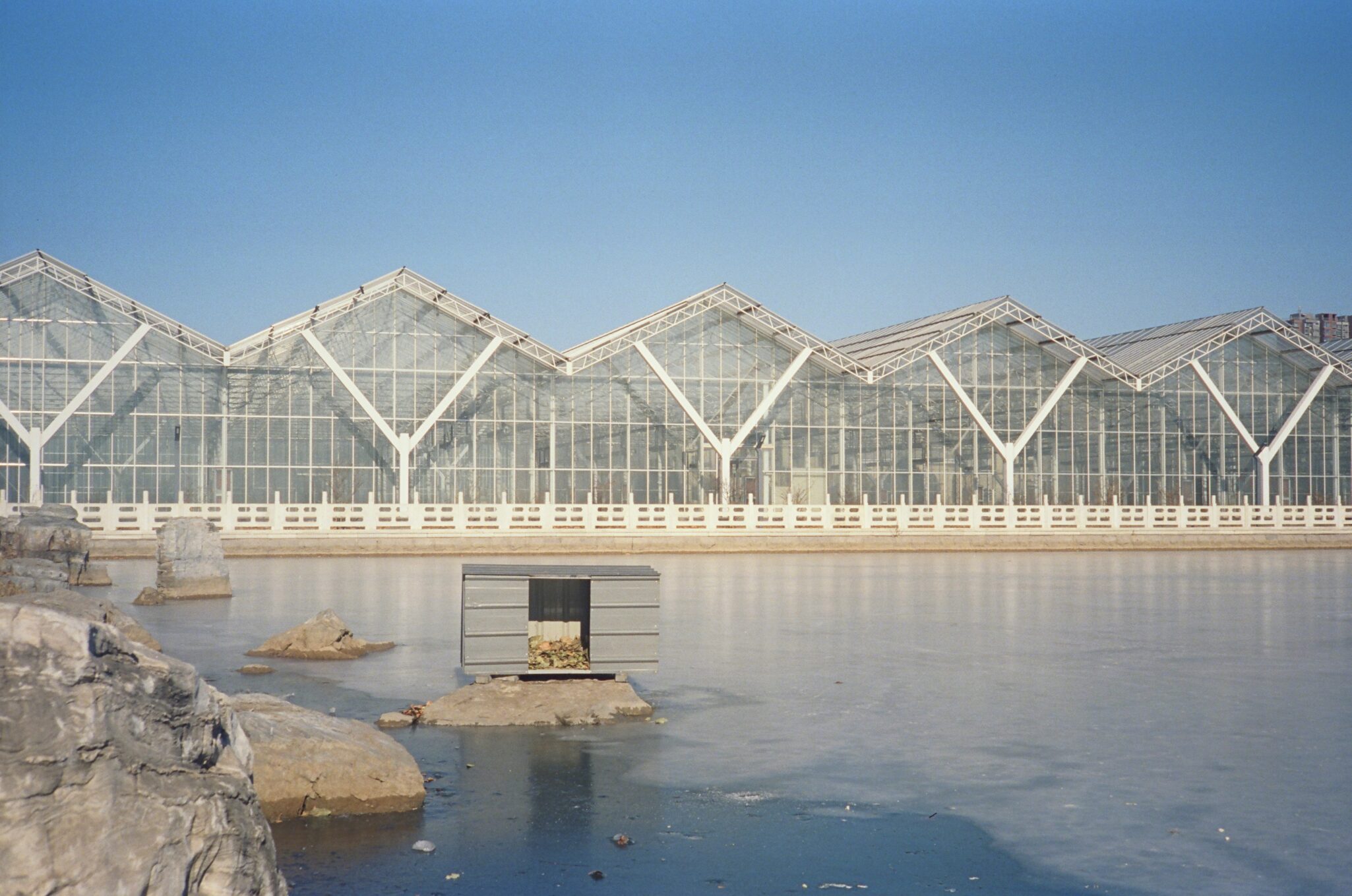Iran, the largest country in the Persian Gulf by population had to endure years of sanctions forcing its agriculture sector to rely on outdated equipment or craft solutions to face the 20th century’s issues. Indeed, the country has a growing population, faces the effects of climate change, and provides food supplies to neighboring countries such as the UAE, Qatar, Afghanistan, Uzbekistan, Kazakhstan, and Russia… buying its produce at higher prices than the local market.
Despite the sanctions, the hard access to equipment, and the logistic difficulties facing them, consciousness rises throughout the country to develop new ways of producing local, fresh and healthier vegetables and fruits.
Greenhouse construction has witnessed unprecedented growth in the country led by the government’s Greenhouse Expansion Project to develop more than 48,000 hectares by the end of its 20-Year Vision Plan (2005-2025) with an annual output of over 21 million tons of agro products as reported by state media IRNA.
The project has nonetheless been halted due to international sanctions imposed during President Trump’s era which not only prevented most international solution providers to do business in the country but also prevented foreign investment in greenhouse projects in the country.
The country is hit by severe droughts since July 2021, with water becoming increasingly scarce in rural areas and principal reservoirs reduced at all-time lows. From September to the end of March, Iran International reports that only 409 million cubic meters of water have entered dams in the Tehran province whereas the previous period had 573 million cubic meters entering the capital’s vital reservoirs.
Iranian Entrepreneurs throughout the country are taking steps in order to innovate and bring sustainable solutions to the growing problem facing the country. Increasingly, we are seeing vertical farming projects sprouting throughout major cities in Iran, rehabilitating warehouses, and container farms or incorporating vertical farming solutions in buildings.
We had the chance to meet two companies bringing vertical farming solutions to Iran.
The first one, Kantikesht, is a start-up created more than 3 years ago during the first wave of the pandemic by two brothers, Mehdi S. Aghdam & Mohsen S. Aghdam. Leveraging their knowledge and existing systems, they’ve been able to develop their first model after several months of trials without any control software, carrying out all operations manually.
“We are continuing our research in order to obtain a container able to produce at scale and to market it by mid-2023” comments Somayeh Sadeghpour, one of the three co-founders.
KR is another company involved in the pharmaceutical sector involved in hydroponic container farming. Its manager, Kaveh Raymand, passionate about new technology traveled the world to discover the latest technologies used in the sector and tried to initiate partnerships with both European and American manufacturers but the international sanctions made it close to impossible. Nonetheless, he was able to bring the first prototype to life and created its own control software to automate most of the operations.
“Using local equipment and solutions, we’ve been able to manufacture a 40’ container for less than USD 15,000 which is a prodigy given the conditions we had to face” comments Kaveh Raymand, Manager KR “We are aiming to commercially grow our container by spring 2023”
Both companies nonetheless faced several challenges with sourcing LEDs as the ones currently available are not efficient and adapted to vertical farms. The software is as well another component difficult to obtain.
On the grower’s side, the country’s quality of seeds, nutrients, fertilizers, and plugs is often dull leading to poor performances and increased loss rate.
“Given the quality of the supplies, we are thinking to invest in the facilities required to produce plugs and plant compost for the Iranian market” adds Kaveh.
Though the outlook remains uncertain with the current geopolitical turmoil, the country and private investors are engaging in hydroponic greenhouse projects to supply vegetables, tomatoes, cucumbers, salads, aubergines, and other crops. Certain segments of controlled environment agriculture are expanding driven by individualls or corporation providing the foundation for a stable and expanding market in Iran.



3 Comments